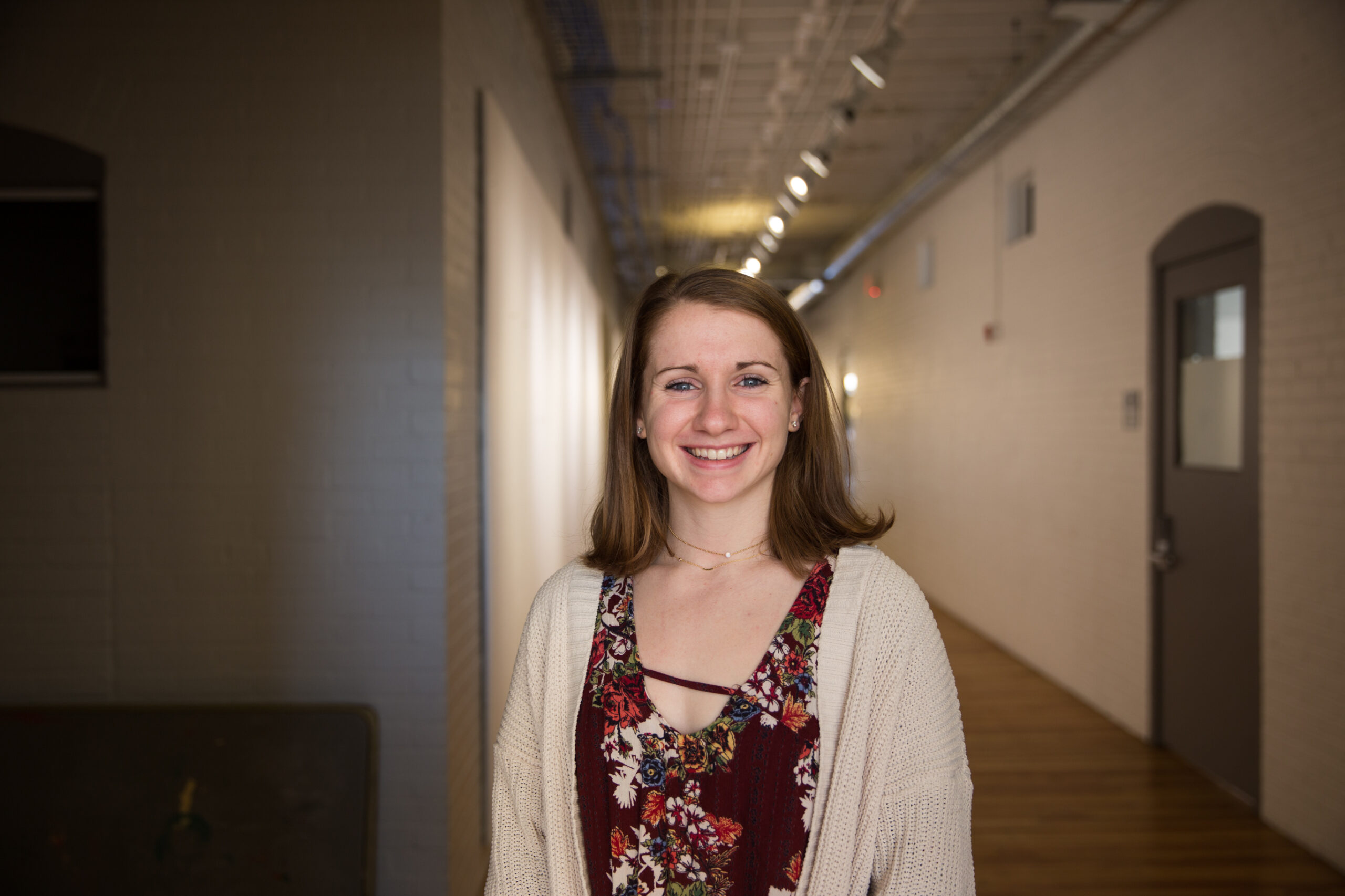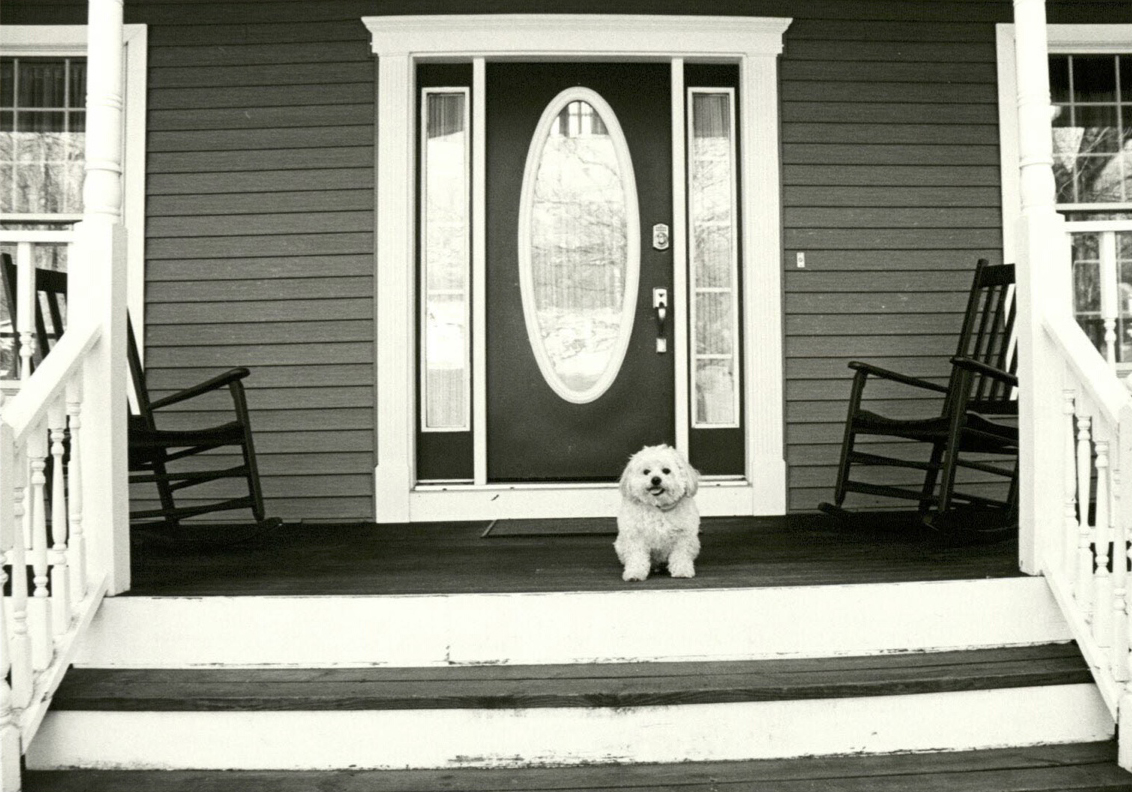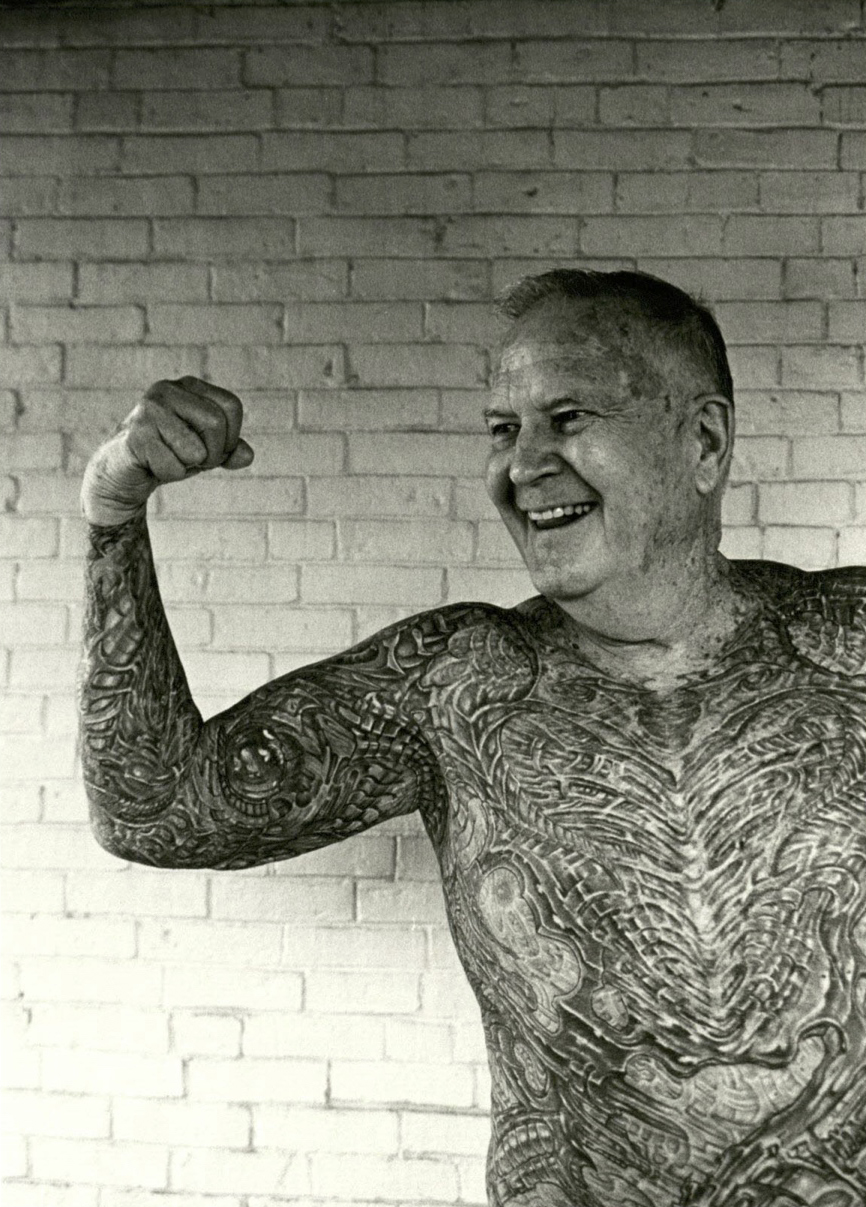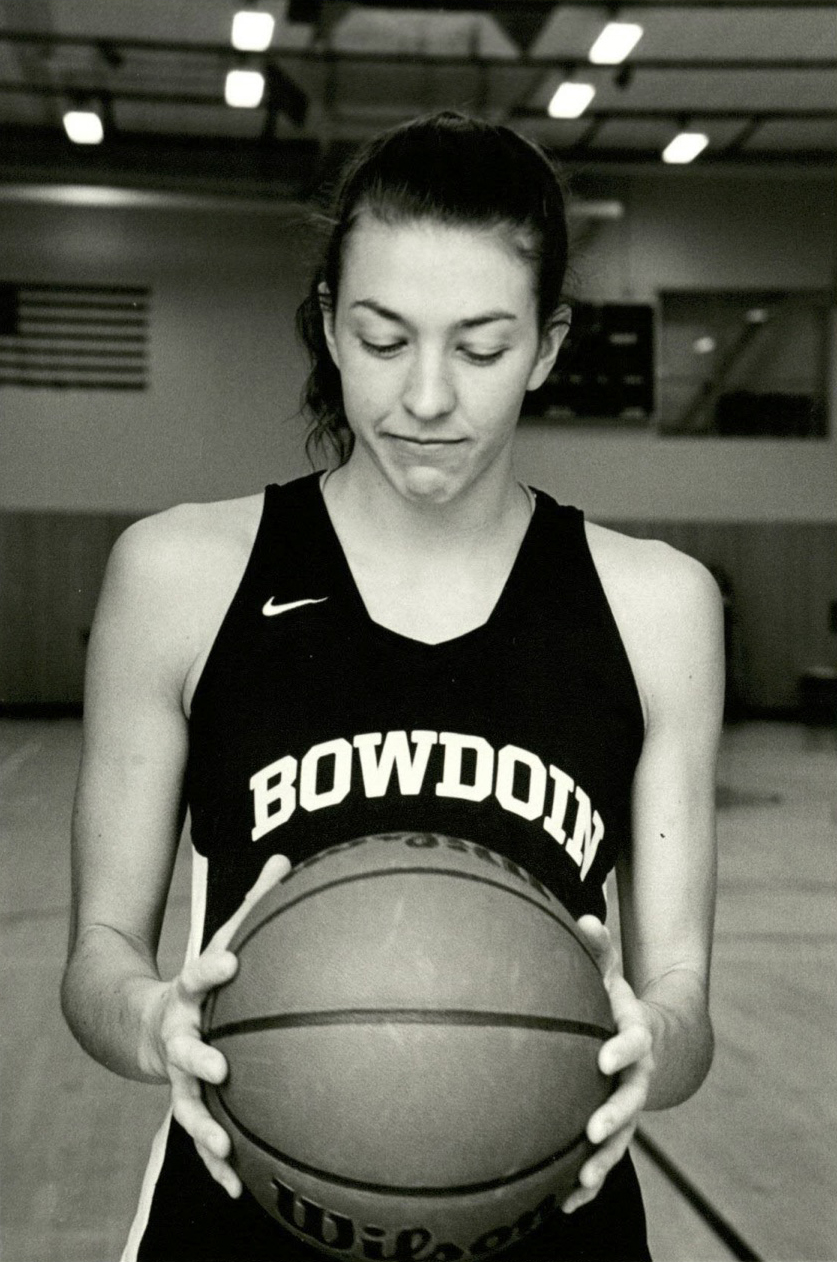Portrait of an Artist: Sam Roy ’20, perspective of patience
January 25, 2019
 Ann Basu
Ann BasuSam Roy is a junior majoring in neuroscience and minoring in visual arts. Last November, she gave a TedX talk in Springfield, Massachusetts titled “Accidental Photographs: Taking Ownership of Chance.” Roy was the recipient of a McKee Photography Grant last summer for her independent study.
This interview has been edited for length and clarity.
The Bowdoin Orient: How did you first get into photography?
Sam Roy ’20: I took a digital class pre-Bowdoin, got a camera after that, and started doing things of my own. I took the intro film photography class here the spring semester of my sophomore year, and I just absolutely fell in love with it. I’ve only been doing it for a year. I started last spring and this summer I was able to do my own independent project through the McKee grant.
Q: What was your independent project?
A: My project was about creating an all-women’s world; it was modeled after Wonder Woman’s world, Themyscira. Basically, I shot photos of women in everyday life. I was trying to take complicated photos of only women so that when the series was put together, it would be a woman’s world. I’m new to photography and new to creating my own art in general, so it was an important experience for me to put together my own series and all the steps that come with that, from the planning to the decision-making in the end to the time [it takes] in general.
 Courtesy of Sam Roy
Courtesy of Sam Roy Q: You did a TedX talk a few months ago about the unexpected nature of film photography. Did you find surprises in the project you worked on this summer?
A: Definitely. I couldn’t develop my film until I got back to school. When I came back in August, some of my film had been from the beginning of July, so these were pictures that I didn’t really remember. With the size of the project, I was taking so many pictures just to make sure I had enough to go through and look at. When you have to wait to see them, you look at them with a different perspective.
Q: Does that make film photography more fulfilling for you than digital?
A: Yeah, I think that’s what I love about the film process. We all take so many pictures. You don’t go a day without taking a picture. When you’re holding a photo that you had to go through the film development process, for the enlargement process and all those things that had to go right, you realize, “Oh, this is cool, this is more valuable.”
 Courtesy of Sam Roy
Courtesy of Sam Roy Q: Do you have plans for another project?
A: I would love to do a project on something more specific, because [my first] was very broad, it was just street photography. No regrets, I’m glad I chose that. It was easier to get my feet under me with a project that size. This semester I’m in Documentary Photography, and part of our class is a semester-long project on documenting some person or event, some type of struggle in the Brunswick community. I found I like photographing people, so whatever that project is I want to have a focus on people.
Q: Would you ever do a series about the Bowdoin campus?
A: Yeah, I’m a neuroscience major and I’m in the lab a lot; labs are cool in the way they’re lit and are different spaces that people aren’t familiar with. I have thought about doing [a series] on honors students this spring.
 Courtesy of Sam Roy
Courtesy of Sam Roy Q: Anything else you’d like to add?
A: If anyone’s looking for a class to add in the art department, Photo I with Mike Kolster is the best. It just makes you slow things down, look at things differently.
 Courtesy of Sam Roy
Courtesy of Sam Roy 
Comments
Before submitting a comment, please review our comment policy. Some key points from the policy: